Despite its grounding in creativity techniques, merging multiple source sketches to create new ideas has received scant attention in design literature. In this paper, we identify the physical operations that in merging sketch components. We also...


Despite its grounding in creativity techniques, merging multiple source sketches to create new ideas has received scant attention in design literature. In this paper, we identify the physical operations that in merging sketch components. We also...

The societal demand for inspiring and engaging science, technology, engineering, and mathematics (STEM) students and preparing our workforce for the emerging creative economy has necessitated developing students self-efficacy and understanding of...
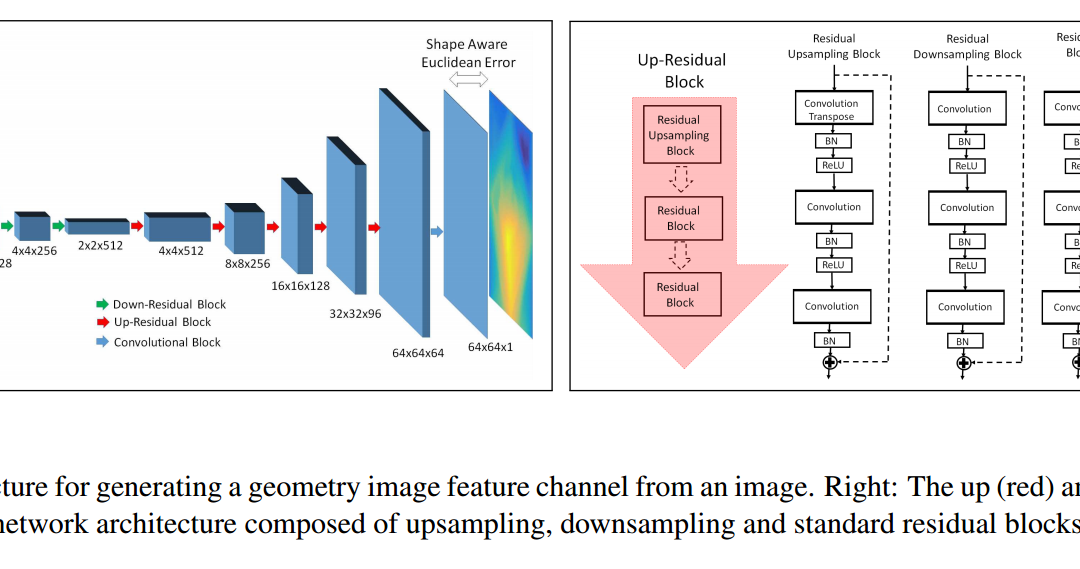
3D shape models are naturally parameterized using vertices and faces, i.e., composed of polygons forming a surface. However, current 3D learning paradigms for predictive and generative tasks using convolutional neural networks focus on a...

Personalization is an emerging manufacturing paradigm towards meeting diversified customer needs. This paper proposes a framework for producing personalized products efficiently. An approach for optimal mix of different module types is proposed in...
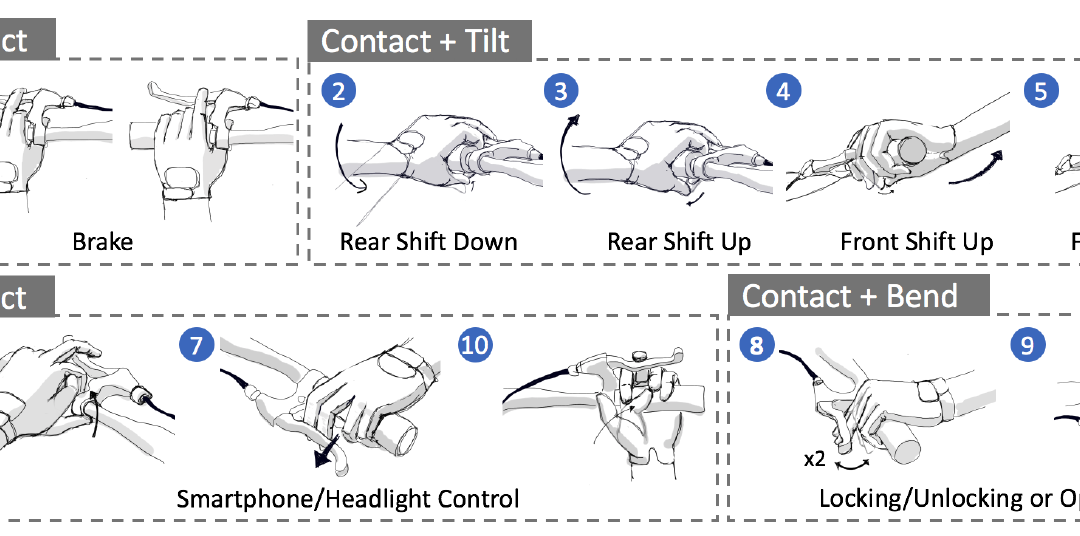
Abstract: The use of hand gestures has a potential as a promising input metaphor. Wearables like smart textile and data gloves can provide hand gesture recognition to potentially replace, augment or improve existing input methods. Although recent...
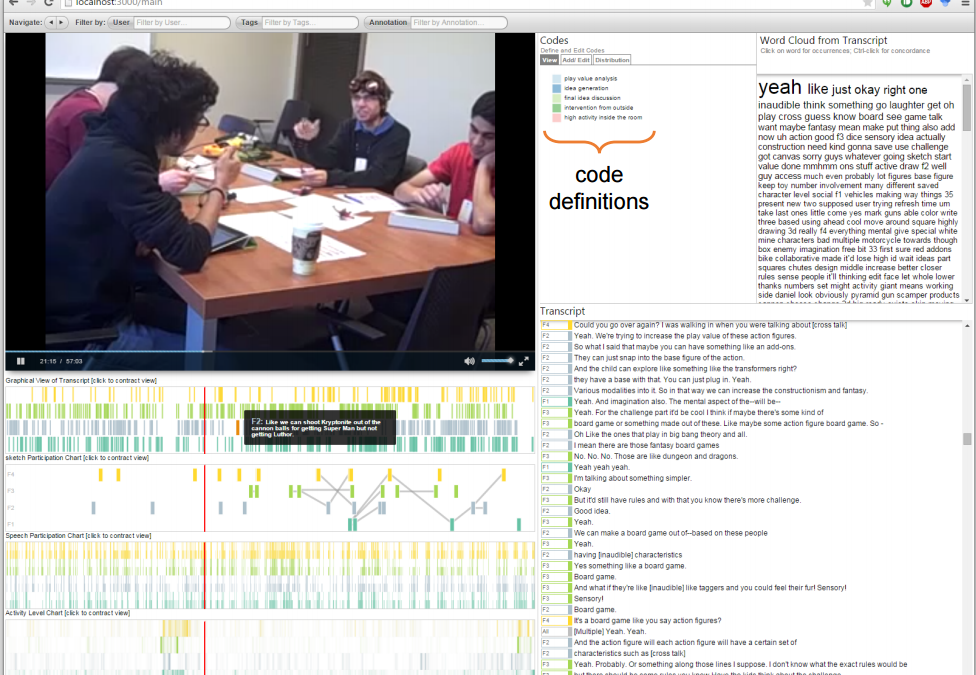
Design protocol analysis is a technique to understand designers’ cognitive processes by analyzing sequences of observations on their behavior. These observations typically use audio, video, and transcript data in order to gain insights into the...
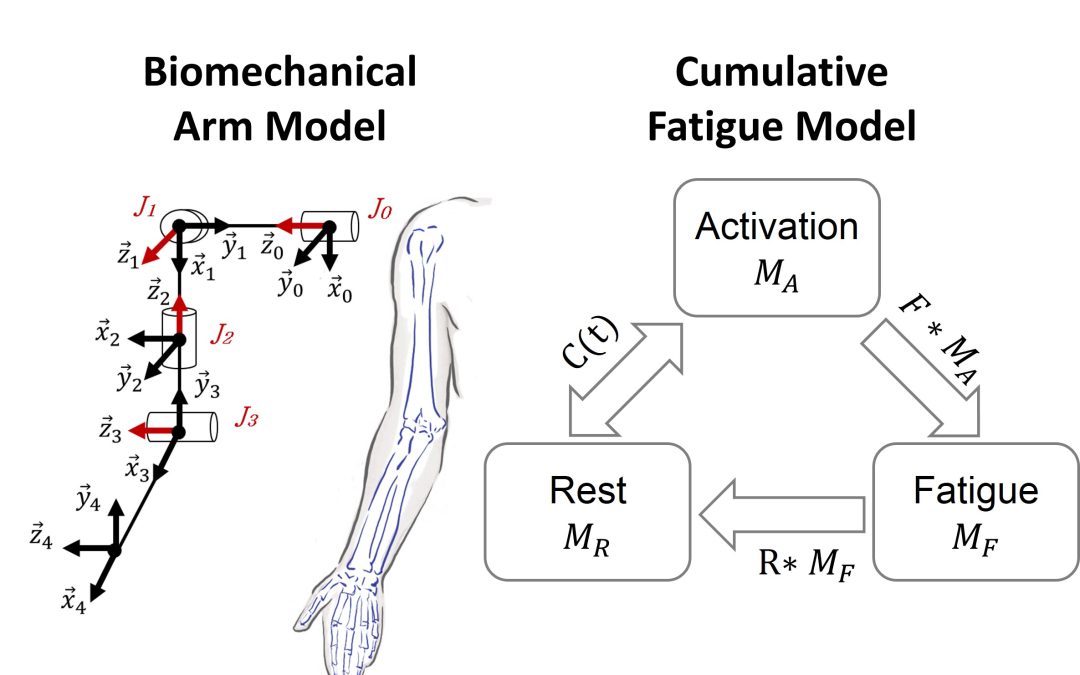
Quantifying cumulative arm muscle fatigue is a critical factor in understanding, evaluating, and optimizing user experience during prolonged mid-air interaction. A reasonably accurate estimation of fatigue requires an estimate of an individual's...
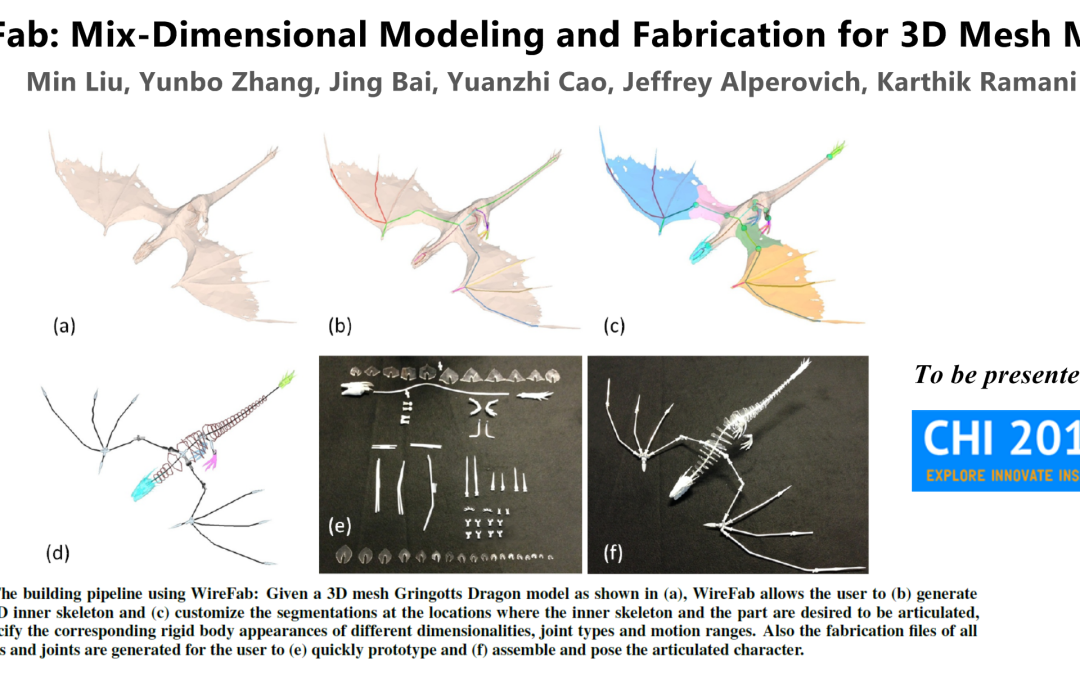
We propose WireFab, a rapid modeling and prototyping system that uses bent metal wires as the structure framework. WireFab approximates both the skeletal articulation and the skin appearance of the corresponding virtual skin meshes, and it allows...

We present, Window-Shaping, a tangible mixed-reality (MR) interaction metaphor for design ideation that allows for the direct creation of 3D shapes on and around physical objects. Using the sketch-and-inflate scheme, our metaphor enables quick...
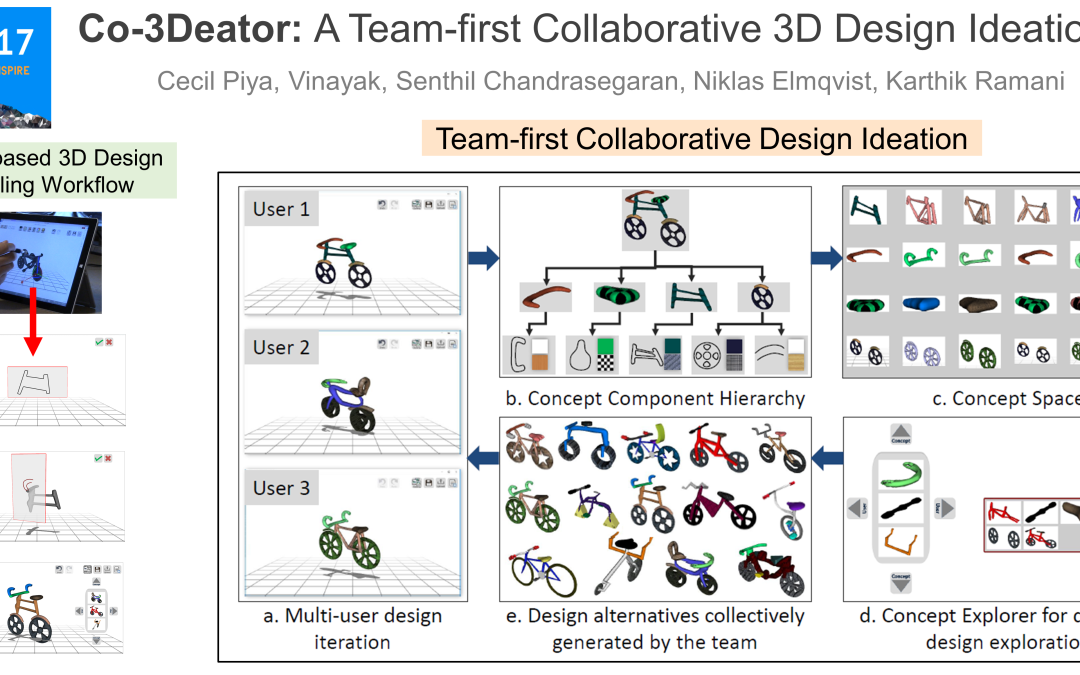
We present Co-3Deator, a sketch-based collaborative 3D modeling system based on the notion of "team-first" ideation tools, where the needs and processes of the entire design team come before that of an individual designer. Co-3Deator includes two...